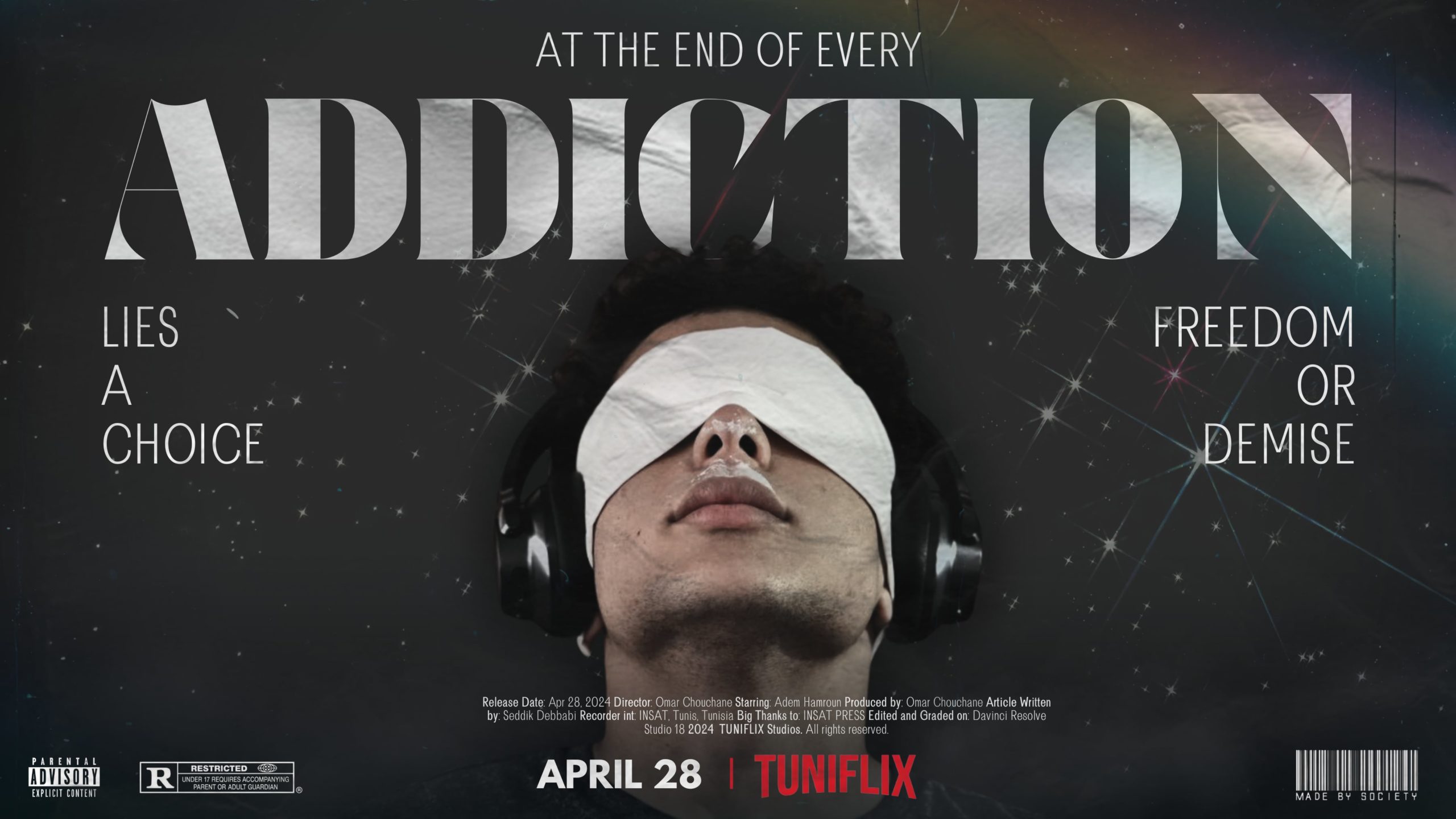“Addiction is the only prison where the locks are on the inside”, what a powerful way to express the nature of addiction. As a matter of fact, the path somebody treads is often defined by the choices he makes in the face of adversity, like for instance choosing drugs for an escape, and so the struggle with drug addiction can steer life towards two starkly different outcomes. On the one hand, overcoming it can lead to happiness and fulfillment, marking a triumphant escape from its grips, while succumbing to addiction on the other hand can spiral into a grievous end. This article will explore these diverging paths by examining a personal story, psychological research, medical insights and more.
Addiction manifests as a profound form of internal imprisonment, where individuals find themselves trapped within the confines of their own minds, ensnared by the relentless grip of compulsions and dependencies. While external factors such as societal pressures or environmental triggers may contribute to the onset of addiction, it’s often the intricate interplay of internal dynamics that perpetuates and exacerbates the cycle.
A well-known illustration is the worldwide famous singer, Amy Winehouse. Her struggle with drug addiction is a well-known aspect of her life and career, evident even in her final performances. Her battles with substance abuse, particularly alcohol and drugs, were widely documented by the media during her lifetime.
Winehouse’s journey took a perilous detour, ultimately contributing to her untimely death in 2011 at the very young age of 27. Her sorrowful story serves as a poignant reminder of the destructive power of addiction and the importance of addressing mental health issues and seeking help when needed. It also underscores the complexities and challenges that individuals with addiction face, regardless of their fame or success.
Psychological research underscores the profound impact of addiction on the brain, revealing how substances hijack the brain’s reward system, leading to compulsive behaviors and a relentless craving for more.
Additionally, studies show that drug abuse remains a real issue in many parts of the world, although its extent varies greatly depending on culture, access, and legislation. In 2021, the estimated number of illegal drug users worldwide was around 296 million. Furthermore, among these users, 39.5 million could be considered “problem drug users” or categorized as having a drug use disorder.
As of the most recent available data, The World Health Organization (WHO) estimates that globally, over 35 million people suffer from drug use disorders, with opioid use disorders being the most prevalent. Additionally, WHO reports that approximately 11 million people inject drugs, and this population faces increased risks of infectious diseases such as HIV, hepatitis C and heart disease.
Moreover, addiction is increasingly viewed within the framework of a chronic medical condition, just like other chronic diseases like diabetes or hypertension. Similarly to these conditions, addiction is characterized by a cycle of relapse and remission, requiring ongoing management and support to achieve and maintain recovery.
Treatment approaches address all dimensions of the individual, including biological interventions, such as medication-assisted treatment, psychological therapies, such as counseling and behavioral therapies, and social support networks, such as family involvement and community resources.
Furthermore, Medications, such as naltrexone and buprenorphine, can help manage cravings and withdrawal symptoms, offering a lifeline to those navigating the tumultuous waters of recovery.
These crucial interventions that were just stated can shift a life from the brink of despair to a hopeful recovery.
To give a brief overview, while addiction remains a significant global issue with millions of individuals affected by substance use disorders, there still is hope for recovery and healing. By facing their inner struggles head-on, seeking guidance from psychological expertise, and embracing medical support, drug addicts can initiate a pathway towards restoration. Along this journey, they reclaim the freedom addiction had once stolen from them, and just as this fatal scourge can be overcome with the right support and treatment, so too can any other issue that individuals may face in life. With a little bit of assistance, resilience, and access to appropriate resources, people can navigate challenges, fight the inner battles they don’t usually talk about, and identify pathways to both, healing in the first step, and selfgrowth in the next one.
Written by: Tuniflix.


Share your thoughts